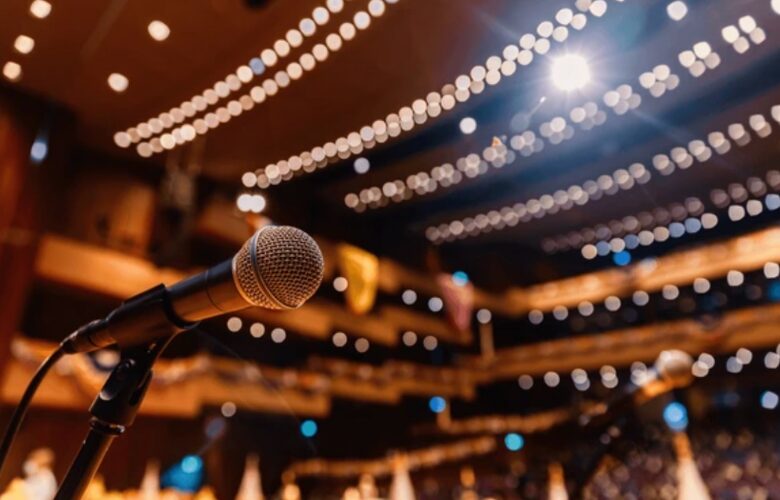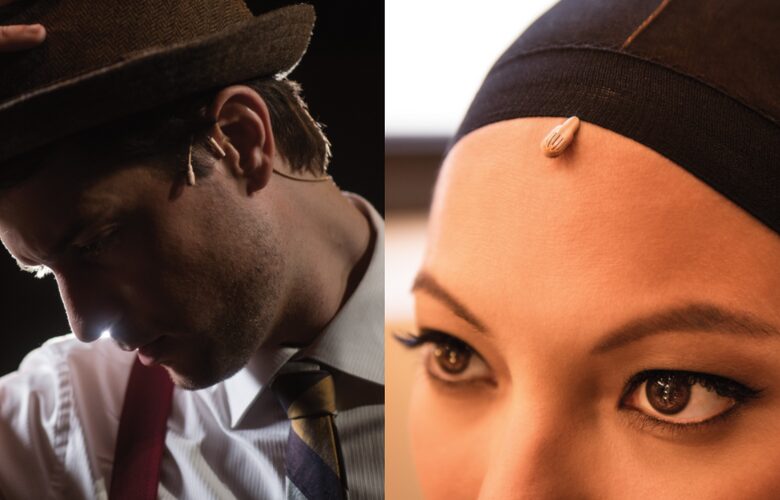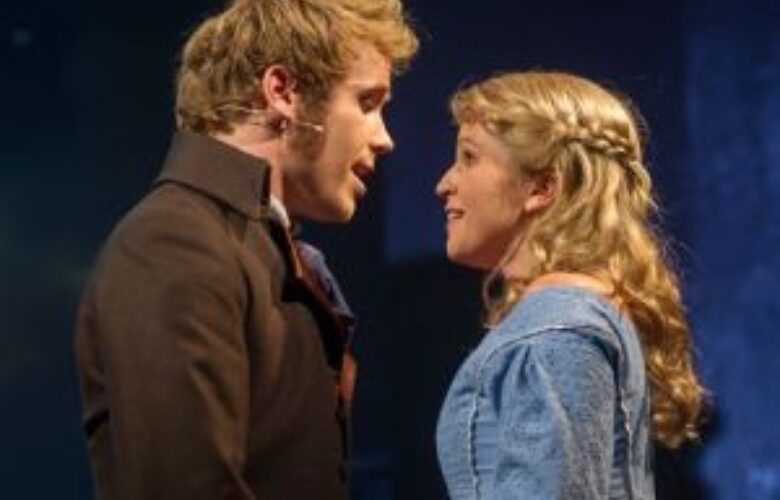Microphone Questions – Beginner Answers

When just beginning to professionally use microphones, most people still have many unanswered questions. The basics of setting up a microphone for either studio use or live performance vary widely based on several factors. However, the equipment used is largely the same. Whether it be for an audience of two, 3,000 or 50,000 it’s extremely important to know more than just some basics. Here, we go into some microphone questions with the answers being beginner friendly.
Placement:
In recording studios, a vocal recording booth is quite simple and oftentimes on the smaller side unless trying to capture multiple voices at once. On stage, this is obviously vastly different as performers get extremely close to each other while wearing their microphones. Not only do they get close to one another but they also do stunts, lifts, and constantly dance around on the stage. To break down the placement of the microphones, the audio team will break the cast into a few different categories. The starting categories are male and female cast members. From there, they will divide the cast even more by starting with principals, then named characters, then finishing with ensemble. Depending on the show will depend on the microphone placement for each of these different groups. Female principals often keep their hair tight or in wigs so most shows will have the microphone peaking out from under the wig at the top of the head. Male principals often have large costumes so their microphones will be either on their face attached to their ear or somewhere on their costume. The named characters who aren’t considered leads typically have several costume changes to consider so most shows will have their microphones close to their faces attached to their ears or under their costumes similar to the principals. Some shows don’t give ensemble cast members microphones, but the ones that do often keep them either under wigs or on props for when the ensemble needs the microphone instead of constantly having the microphone be worn.

Filters:
The reason shows break down casts like this to decide microphone placement is to then decide who needs some extra help after the placement is set. Having a filter on a microphone greatly helps with common popping sounds like ‘s’, ‘p’, ‘t’, ‘b’, and so on. The foam covering these microphones from these plosive blasts are called foam windshields. They also help keep moisture from warm breath, fog from fog machines and wind out of the microphone. While it doesn’t look attractive it’s a good option to have for performing on stage and isn’t noticeable to most audience members. There is also options of other filters such as windscreens, and simple grid filters.

Programming:
Once all the hardware for the microphones are in place, programming can be done. Depending on the show, programming is largely done by the A1 and/or the Sound Designer. Programming a show file with all the microphones for a live show has several factors to consider and how to deal with those factors is largely up to the opinions of the Sound Designer and A1. The gain input, the gain output, high pass filters, standard mixing volume, and much more are all to be considered. When making decisions about these factors they will take into consideration who already has filters on their mics, where the placements are, and day-to-day show issues.
All photos from Istock.
Back to Home
Editor's Note: At StageLync, an international platform for the performing arts, we celebrate the diversity of our writers' backgrounds. We recognize and support their choice to use either American or British English in their articles, respecting their individual preferences and origins. This policy allows us to embrace a wide range of linguistic expressions, enriching our content and reflecting the global nature of our community.
🎧 Join us on the StageLync Podcast for inspiring stories from the world of performing arts! Tune in to hear from the creative minds who bring magic to life, both onstage and behind the scenes. 🎙️ 👉 Listen now!
